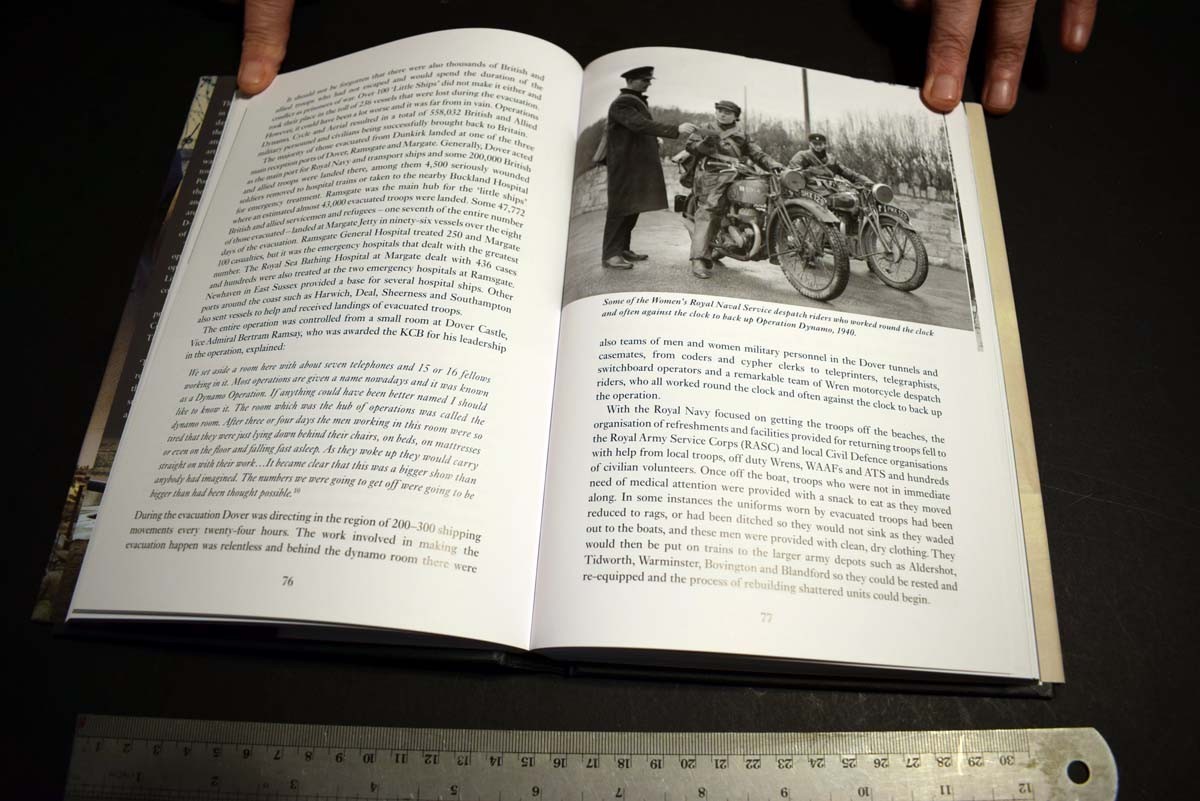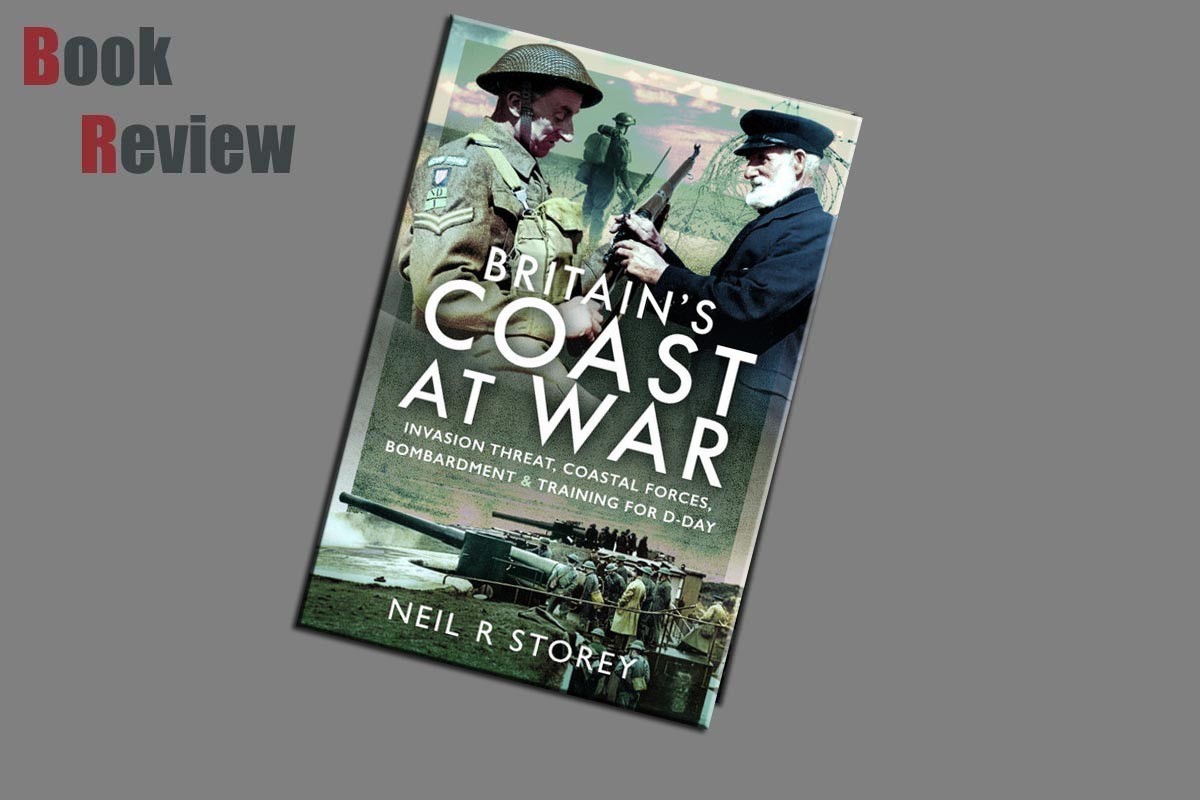
Introduction
The following introduction is taken from the Pen and Sword website:
The whole of Britain’s coastline was involved in the struggle against the Nazis. In the early days invasion was the main threat. Dover and the South East suffered grievously from aerial attacks and were also shelled by German artillery from across the Channel, the area was dubbed ‘Hell Fire Corner.’ Cities and towns all around the coast such as Plymouth, Portsmouth, Hull and Great Yarmouth were the targets of devastating air raids. The coast and lochs of Scotland became a key training area for commandos and assault troops for D-Day and its ports saw the return of crews of sunk vessels of both sides.
The East Coast was pivotal to North Sea operations against enemy mining and E-boat operations. The Western ports, particularly Liverpool, were crucial to the vital Atlantic convoys and the defeat of the U-boat threat.
The final months of training and preparation for D-Day centred on the South Coast when disaster struck during Exercise Tiger off Slapton Sands.
Britain’s coastal ports continued to attract ‘Tip and Run’ raids and the attention of V rockets that changed the character of many these towns and cities forever. Neil Storey’s superbly researched work brilliantly describes all this and more in words and images.
Review
This offering from Pen and Sword is authored by Neil R Storey, this is a hard backed book with 272 pages and 200 illustrations in black and white. The paper is a semi-gloss which does a good job of displaying the included images. The contents of this offering are presented as follows:
Introduction
Chapter 1 The Last Summer
Chapter 2 Phoney War?
Chapter 3 Front Line Coast
Chapter 4 Britain Alone
Chapter 5 The Coast Carries On
Chapter 6 Fight on the Beaches
Chapter 7 Strangers on the Shore
Chapter 8 Cross Channel Bombardments
Chapter 9 Air Raids
Chapter 10 The Cruel Sea
Chapter 11 The Turning of the Tide
Acknowledgements
Notes
Bibliography
Index
This offering authored by Neil R Storey takes a look at Britain’s coastline from the 1930’s through to the outbreak of war in Europe and then on to the end. As tensions were raised, defences on the coastline began to propagate over miles of the Southern coast and along the East and West. The book gives you an insight into the people who lived and served along the coastlines of Britain. As France fell to the German Blitzkrieg, Britain became a beacon for Europeans who still wished to continue the fight against the Germans. She also became the only country in Europe fighting Germany, up until the Germans invaded Russia and the Japanese attacked United States.
The docks around the Great Britain, became the life line for survival of the British with imports from the United States and her Empire at the time. Both feeding the civilian populous, raw materials for industry, and weapons and materials to fight the war. Germany’s U-Boats made the ports of Great Britain a dangerous location to reach, with the defences in place that could only protect vessels in dock and the approaches. As the war progressed and America was drawn into the war by the attack from Japan, and the priority being given to the liberation of Europe. Training for landing on difficult terrains, took on a new importance and the lochs of Scotland became a major training location for special forces such as the Commandos to master their trade.
As you progress through the book, and preparations for Operation Overlord were taking place you get to see the build up of troops ready for the invasion of Europe. You get a look at the training of troops for landing on the beaches, and the steps taken to keep the Germans guessing. You also get to see some of the wounded on their return from D-Day. The photographs that populate this title are of a very good quality with brief captions in many cases, but some provide far more information than others. The photographs provided cover all aspects of life from fishing, to living and transportation and preparation for invasion.
Conclusion
I cannot recall having seen a book that covered this many facets of the British coastline in the run up to and during World War II. The fact that the book has not just concentrated on war makes for an interesting read, due to it looking at the coastline during peace and its transition to a well defended military installation which due to being an island was no mean feat.
































